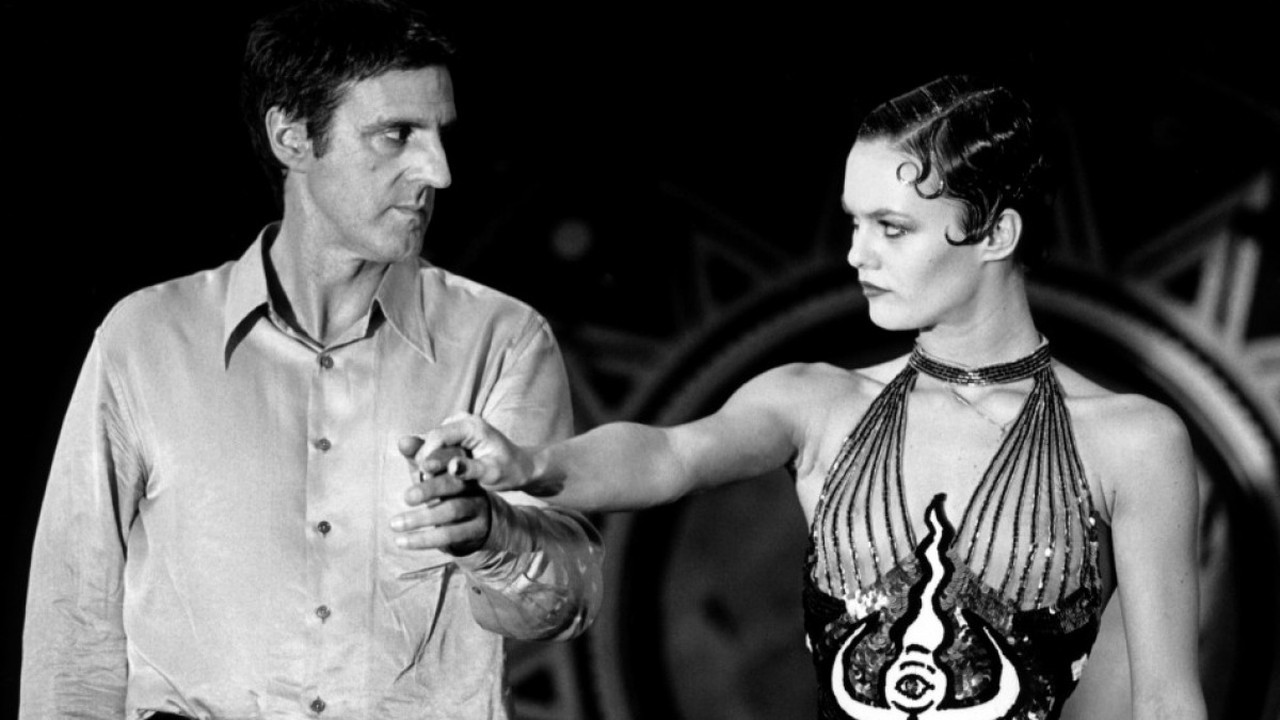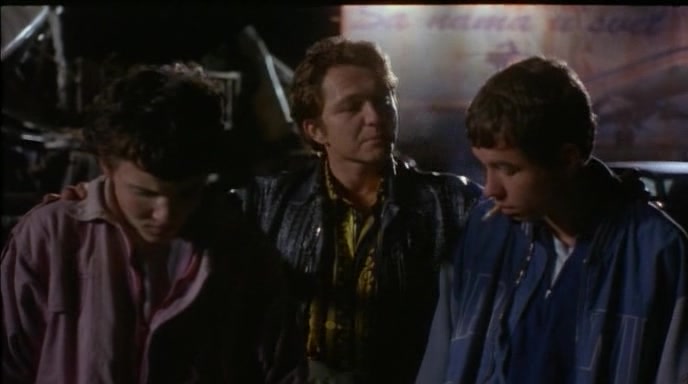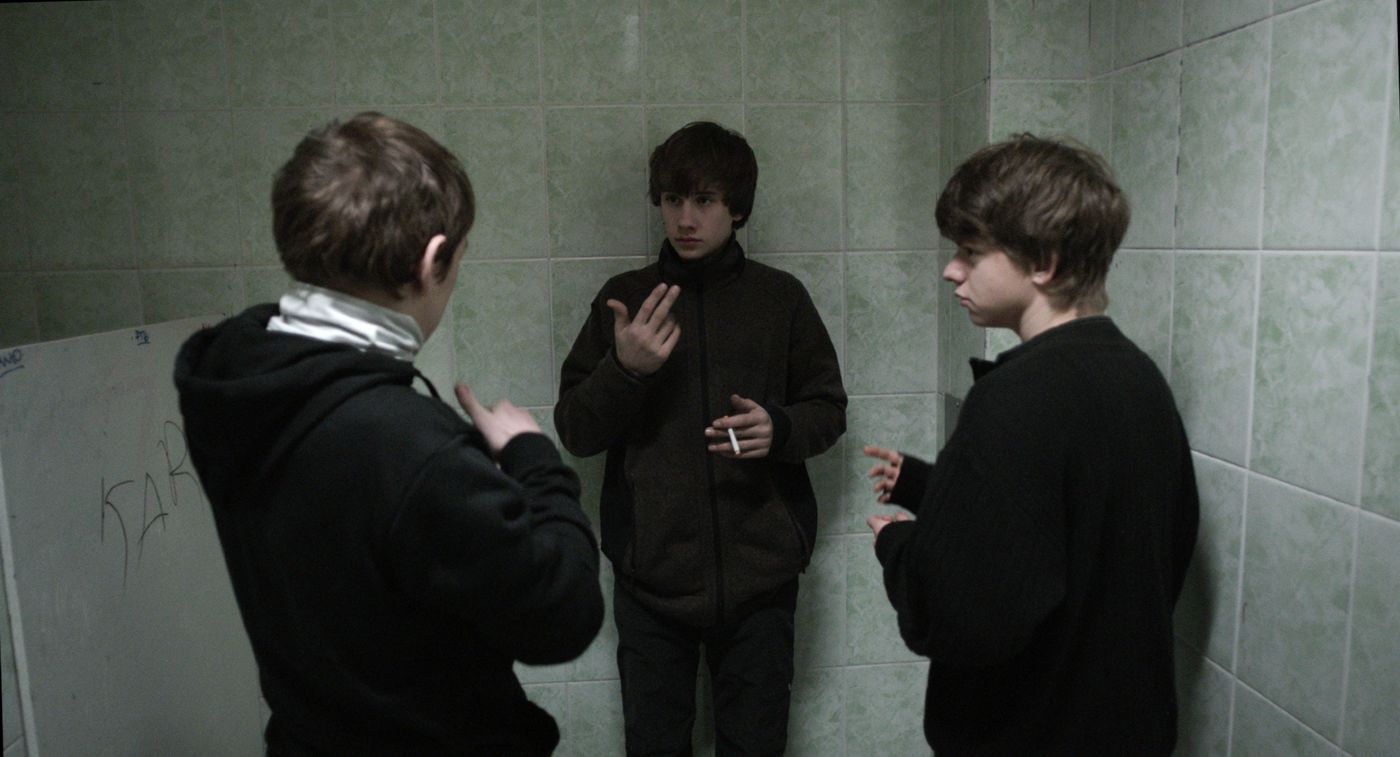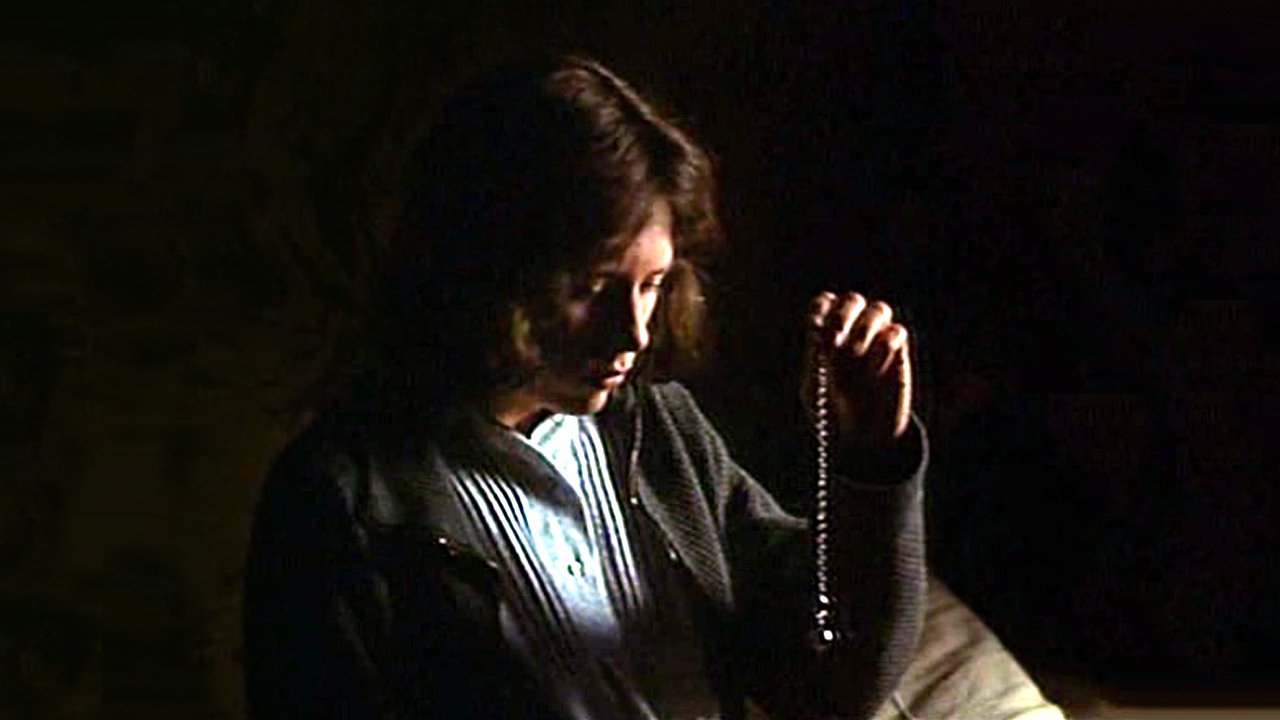6. Girl on the Bridge (Patrice Leconte, 1999)

Written and directed by perhaps one of the gentlest of directors, Patrice Leconte, Girl On The Bridge is a delightful concoction of whimsy, heartbreak and adventure that, despite tackling heavy themes — starting with a girl (Vanessa Paradis) about to commit suicide — always seems light on its feet.
When this woman is coaxed off the bridge, by none other than Daniel Auteuil as a know-it-all knife-thrower, she joins him on a journey around Europe as part of his act. Seeming as she wants to die anyway, being the target of a knife-thrower sounds like the dream job. Yet, in the process, they exchange aphorisms and learn a lot about love and finding reasons to live.
Filmed in black-and-white, the film simply looks remarkable — whether it is a shot of a lone sailboat travelling across the sea, the circus in full riot, or simply Paradis’ stunning smile. These cinematographic marvels are matched by the movies romantic ambition, taking us from the high-society of the French Riviera to the markets of Istanbul.
Made in 1999, it is a generous throwback to the picaresque adventures of the 30s and 40s, yet updated for a more modern, cynical time. It also showcases the best of the criminally underrated Patrice Leconte.
7. The Wounds (Srđan Dragojević, 1998)

Produced during the horror that descending over the Balkans throughout the 1990s, The Wounds shows that despite enduring such terrible circumstances, the Serbian people knew how to make fun of themselves. Aping Scorsese to tell the story of two Belgrade boys living in a post-Tito Yugoslavia, it is a relentless satire of the tragic situation that tore the region apart, and the types of self-interested individuals that rose up in the aftermath.
Whilst it may seem facetious to make a satire of such events, the tone it takes helps to expose a world that has given up on its young people. Cleverly enough, the approach makes the main characters both repulsive and worthy of empathy, in turn criticising the institutions that be for causing the conflict in the first place.
Nevertheless, veteran Dragan Bjelogrlic puts in a career-best performance as Dickie, a larger-than-life gangster who teaches the boys everything they have to know. In a decade full of great mental gangsters, from Joe Pesci in Goodfellas to Robert Carlyle in Transpotting, Bjelogrlic’s performance as Dickie surely rivals them both.
Amazingly, this film, which heavily criticised the state, was in fact funded by state money. Giving a fake script to state production company RTS, they raised enough money to make this lacerating satire that should be held alongside Underground as one of the finest films to come out of the Balkans in the 90s.
8. The Tribe (Myroslav Slaboshpytskiy, 2014)

Reinventing the rules of silent cinema, The Tribe — which takes almost exclusively at a boarding school for deaf mutes — uses its premise to remarkable effect, resulting in one of the most groundbreaking films seen in recent years.
What makes it work so well is how it translates as fairly easy to follow despite being told in Ukrainian Sign Language and without any subtitles. By abandoning dialogue and seeing cinema as primarily a visual medium, the film achieves a striking immediacy that makes it as compelling as it is horrific.
Finding that there is a gang at the boarding school, the protagonist Sergey (Grigoriy Fesenko) soon gets involved only to find himself in over his head, with the requisite scenes of drugs, sex and violence.
What makes it so interesting is having to interpret the film yourself, as although the consequences of conversations can be seen, it becomes hard to know the motivations for what each character does, making the film work as a purely cinematic experience. Nevertheless, given the extremely strong gore involved, in which the camera never cuts away, this film is definitely not one for the faint hearted.
Whilst most modern silent films either fall into pastiche, empty (The Artist) or otherwise (the excellent films of Guy Maddin), The Tribe is a revitalising new take on the art form, showing that although cinema has been around for over a hundred years, there are still new places for it to go.
9. El Sur (Víctor Erice, 1983)

One of the greatest unfinished movies, El Sur is a sombre tale of a young girl growing up in the north of Spain. Strangely enough, she never visits The South of the title, the film’s funding being halted halfway through. Nevertheless, the result is still a work of rare filmmaking talent.
As she, first seen at eight years old and then fifteen, grows up and moves from idolising her father to seeing him as a tragicomic figure, we see the loss of innocence being cinematically represented right before our eyes.
Set in the 1950s, it is a work of almost haunting beauty, with expertly-wrought compositions working extremely well to complement the film’s themes of nostalgia and love lost. What’s remarkable is how despite the film’s production being savaged halfway through, Erice still managed to save it in the editing process.
Whilst Spirit Of The Beehive is Víctor Erice’s better known film, it is arguably El Sur that is the greater cinematic achievement. Yet what is sad to consider is the unfinished nature of the movie, its elliptical ending hinting at an even more intimate epic about coming-of-age in Franco’s Spain. Had it been finished properly, perhaps it wouldn’t have made it onto this list.
10. I’m Going Home (Manoel de Oliveira, 2001)

Made by Portuguese maestro Manoel de Oliveira, the only filmmaker to straddle both the silent era to the 21st century, I’m Going Home easily shows itself as the work of a man who has lived a very long life and is wise enough to appreciate its simple pleasures.
Thematically similar to Kieslowski’s Three Colours: Blue, I’m Going Home tells the story of an elderly actor (Michel Piccoli) who, having lost his wife and daughter in a car crash, has to reconsider the direction of his career. The result is a quiet and observant character drama about reevaluating the more important things in life when coming towards its end.
Not much happens in this film, yet it has a certain tenderness to its scenes that lingers long after the curtain comes up. The light metafictional themes between the theatre and real life help to contextualise personal struggle through the tradition of art.
Despite its various references however, it also praises the virtues of mundane routines, such as having a coffee in a Paris cafe whilst reading the paper every day. An expertly detailed drama, it shows that whilst sometimes nostalgia is a good thing, sometimes the past has to be let go in order to move on with your life, and no matter how old you are, there are always lessons to be learned.
Author Bio: Redmond Bacon is a professional film writer and amateur musician from London. Currently based in Berlin (Brexit), most of his waking hours are spent around either watching, discussing, or thinking about movies. Sometimes he reads a book.